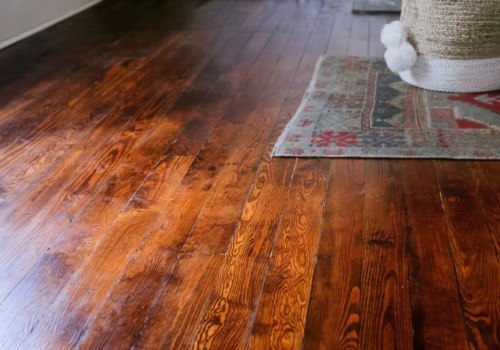Installing hardwood flooring over oriented strand board (OSB) is a common concern among homeowners and contractors alike. OSB is a widely used subfloor material in modern construction due to its strength, affordability, and stability. However, because it differs from traditional plywood in its composition and moisture resistance, many people wonder whether hardwood flooring can be successfully installed over OSB without compromising durability or performance. The answer largely depends on the type of hardwood being installed, the condition of the OSB subfloor, and proper installation techniques. With the right preparation and materials, hardwood flooring can be installed over OSB, but it is crucial to follow best practices to ensure a long-lasting and stable floor.
Understanding OSB as a Subfloor
OSB is made by compressing layers of wood strands with adhesives, creating a strong and cost-effective alternative to plywood. While OSB provides excellent structural support, its main drawback is its susceptibility to moisture absorption. Unlike plywood, which dries more evenly, OSB can swell when exposed to water, potentially leading to warping or uneven surfaces. This characteristic makes moisture control an essential factor when installing hardwood flooring over OSB. Ensuring that the subfloor is dry and properly sealed before installation helps prevent future issues that could compromise the integrity of the hardwood flooring.
Choosing the Right Hardwood Flooring for OSB
When installing hardwood flooring over OSB, selecting the right type of wood is crucial. Engineered hardwood is often recommended over solid hardwood because it is more dimensionally stable and less susceptible to moisture fluctuations. Engineered wood consists of a plywood or high-density fiberboard core with a hardwood veneer on top, making it a more forgiving option for OSB subfloors. Solid hardwood can also be installed over OSB, but it requires additional precautions, such as proper underlayment, acclimation, and securing methods to minimize movement and moisture-related issues. Regardless of the type of hardwood chosen, following the manufacturer’s installation guidelines is essential for long-term performance.
Installation Methods and Best Practices
Proper installation techniques are key to ensuring a successful hardwood flooring installation over OSB. One of the most reliable methods is using a nail-down or staple-down installation, provided that the OSB subfloor is at least ¾-inch thick and capable of holding nails or staples securely. If the OSB does not provide a strong grip for fasteners, adding a layer of plywood on top of the OSB can create a more secure base for nailing the hardwood. Alternatively, floating floor installations, which use click-lock or tongue-and-groove systems, can work well over OSB without the need for additional subfloor reinforcement. Adhesive installations are generally not recommended directly on OSB, as the surface may not bond well with some glues.
Moisture Control and Climate Considerations
Because OSB is more vulnerable to moisture than plywood, managing humidity levels in the home is essential for preventing expansion or contraction in hardwood flooring. Maintaining indoor humidity levels between 30-50% helps reduce the risk of warping, gapping, or cupping over time. Using a moisture barrier or underlayment can further protect the hardwood from potential moisture intrusion. In areas where humidity control is a challenge, working with an HVAC specialist like SureTech Heating & Cooling can help maintain stable indoor conditions, reducing the risk of flooring problems caused by excessive moisture or dry air. Proper ventilation and air circulation also play a role in preserving the integrity of both the OSB subfloor and the hardwood flooring above it.
Final Considerations for a Successful Installation
Installing hardwood flooring over OSB is entirely possible with careful planning and adherence to best practices. Ensuring that the subfloor is structurally sound, dry, and level before installation is critical for long-term success. Choosing the right hardwood type, using appropriate installation methods, and managing moisture levels all contribute to the durability and stability of the flooring. Homeowners who take the necessary precautions can enjoy the beauty and warmth of hardwood flooring without concerns about its performance over an OSB subfloor. When in doubt, consulting with flooring professionals and HVAC experts can provide additional guidance to ensure a smooth and lasting installation.




